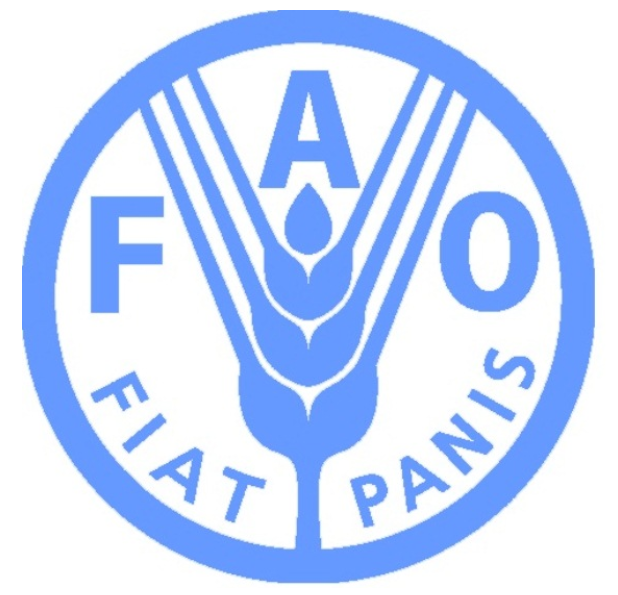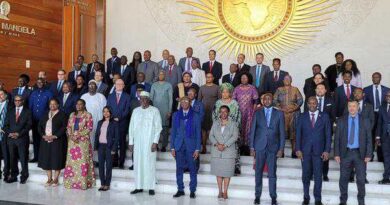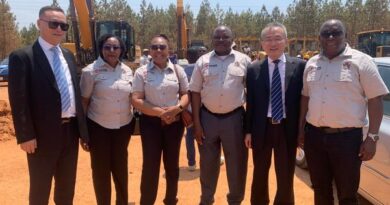Zambia’s Digital Shift Offers New Model for Resilient Agriculture in Africa
Zambia’s push towards digital transformation in agriculture is offering valuable lessons for Africa, as innovative technologies reshape the way farmers access services, inputs, and markets.
Speaking during the FAO Resilience Team for Africa Community of Practice meeting, experts highlighted how the Zambia Integrated Agriculture Management Information System (ZIAMIS) is helping strengthen transparency, accountability, and resilience across government agricultural programmes.
The system integrates e-registers, e-vouchers and e-extension platforms—creating a unified digital ecosystem used by millions of smallholder farmers. The initiative aims to tackle long-standing challenges such as weak data systems, financial leakages and costly manual processes, which previously hindered service delivery.
“Digital agriculture goes beyond technology. It is about connecting people, systems and institutions to deliver support that is effective, inclusive and accountable,” said Priya Gujadhur, Senior Resilience Officer at FAO’s Regional Office for Africa.
Aligned with Zambia’s Eighth National Development Plan and the Comprehensive Agriculture Transformation Support Programme, the country has prioritised digitisation as a tool for resilience. More than 4.3 million farmers are now registered with unique digital IDs, allowing full traceability of transactions and greater compliance with public finance procedures. Over 1 million farmers and more than 1,200 agrodealers participate annually.
With real-time monitoring and improved due diligence, government agencies are now able to track input distribution and crop sales through ZIAMIS on both web and mobile platforms. The system is also linked to an e-Business Directory, connecting farmers to suppliers, financial services and reliable markets.
The results have been clear. Between 2022 and 2025, farmers who received digital advisory services recorded maize yields reaching 3.4 tonnes per hectare—well above the national average of 2.14 tonnes. Sales of white maize increased significantly, generating over USD 8.9 million in revenue.
Farmers in remote areas continue to benefit too, as the platform offers access through web portals, mobile apps, SMS and USSD codes, ensuring inclusivity even where internet coverage is limited.
“ZIAMIS demonstrates how digital systems can deliver tailored information and strengthen resilience, even in hard-to-reach areas,” said Mtendere Mphatso, FAO Zambia Chief Technical Adviser.
FAO Senior Resilience Officer Lewis Hove added that Zambia’s experience shows what is possible when technology is matched with strong policy frameworks and government leadership. “It is a clear example of how data can drive decision-making, improve transparency and unlock economic opportunities for smallholders.”
With digital agriculture expanding across the continent, the FAO Regional Office for Africa has pledged to continue facilitating knowledge sharing, ensuring lessons from Zambia support efforts to build smarter, data-driven and climate-resilient agricultural systems across Africa.



